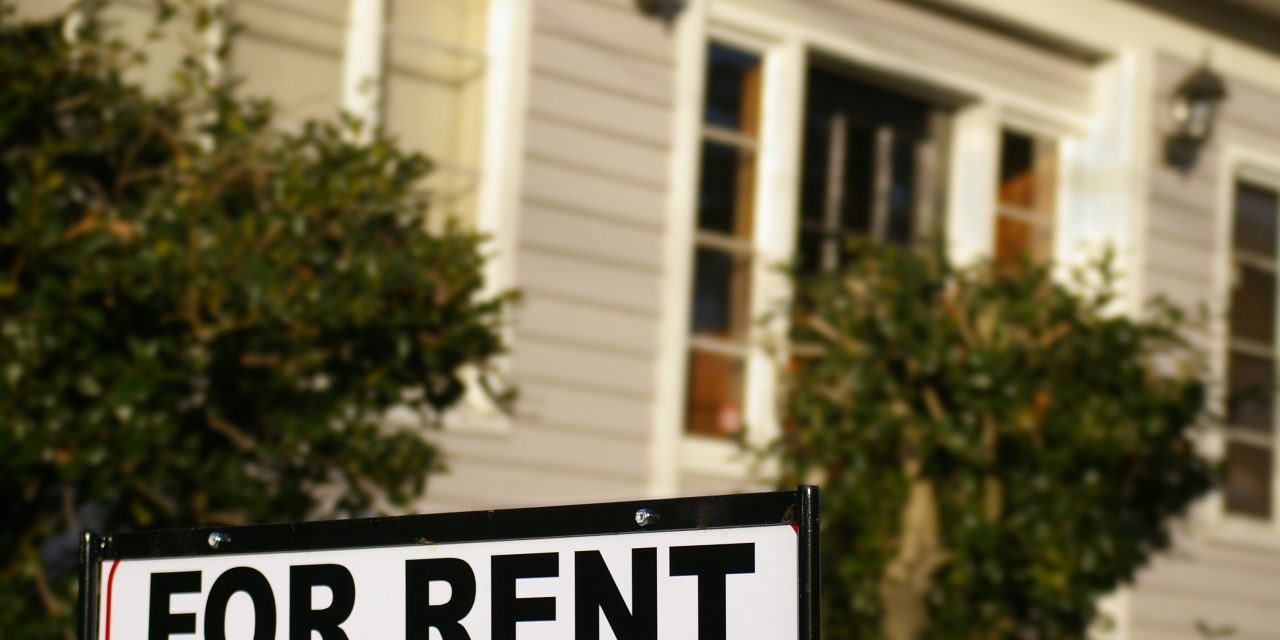A new mixed-use project in Milpitas boasts 582 housing units, retail space and a public park neighboring a BART Station currently under construction — the perfect mix of housing, public transit and community amenities.
Except for one demographic shortcoming: low-income residents needed in local service jobs are left choking in the construction dust.
The city council approved the project, located at 730 and 750 East Capitol Avenue, sans low-income units on June 21, 2016. The project predated the city council’s recent decision to require allocation of 5% of new residential units for low-income residents.
The development is to replace the abandoned industrial buildings currently on the site with:
- 5,000 square feet of retail and commercial space;
- 2.1 acres of public park space;
- a five-story building with 266 residential units; and
- another five-story building with 316 residential units.
Milpitas: In the Crosshairs of Silicon Valley
Milpitas is a largely affluent city located between Bay Area giant San Jose and Fremont. Top tech companies Cisco and Lifespan, Inc., contribute to the elite business atmosphere that earns Milpitas residents an average household income of approximately $75,000 to $98,000 — and doubles the city’s population during work hours.
Ideal for working commuters, the city is also nestled between two major Bay Area highways (I-880 and I-680) and connected to Santa Clara via Montague Expressway. Its advantageous location has potential to benefit lower-income residents needing to commute out of Milpitas to work in other cities with more non-tech employment opportunities.
Thus, the exclusion of lower-income residents from the new project in Milpitas is problematic. Consideration of the potential benefits a mixed-use development like 730/750 East Capitol Avenue might bring to lower-income Milpitas residents locally employed in service jobs emphasizes the importance of developing with all income tiers in mind. When lacking a blend of income levels, a community begins to fail, whether due to prevailing poverty or wealth.
Localized benefits of mixed-use development
Mixed-use development is ideal for creating flourishing communities. Communities with mixed-use retail, residential and recreational construction have lower crime and poverty rates. Residents work within leisurely distances from their homes, limiting unfavorable side effects of large commuter populations. As a result, small businesses and residents of all income levels thrive in stable, local economies, and density adds another layer of bonding to its strength.
Many Bay Area residents cannot afford to live in the same city in which they work, so proximity to public transit is a high priority. However, such proximity is only within reach for lower-income residents if below-market units are available in these prime locations. New projects like the above in Milpitas which fail to allocate units for these residents push them simultaneously out of new residential complexes and farther from public transit.
Additionally, lack of housing leads directly to the desertion of smaller businesses. When employees abandon cities due to excessive living and commuting costs, businesses follow in order to retain their workforce. Without employees at all skill levels – and, accordingly, across the income spectrum – businesses are unable to adequately function to maintain successful profit margins. Conveniently located cities like Milpitas, then, become little more than waystations between employment hubs rather than self-sustaining municipalities.
It’s the same old song and dance across the Bay Area, as conditions worsen for low-income residents. Construction of mixed-use developments is crucial to local economic success and culture, but exclusion of a critical portion of the workforce damages prospects for all.














